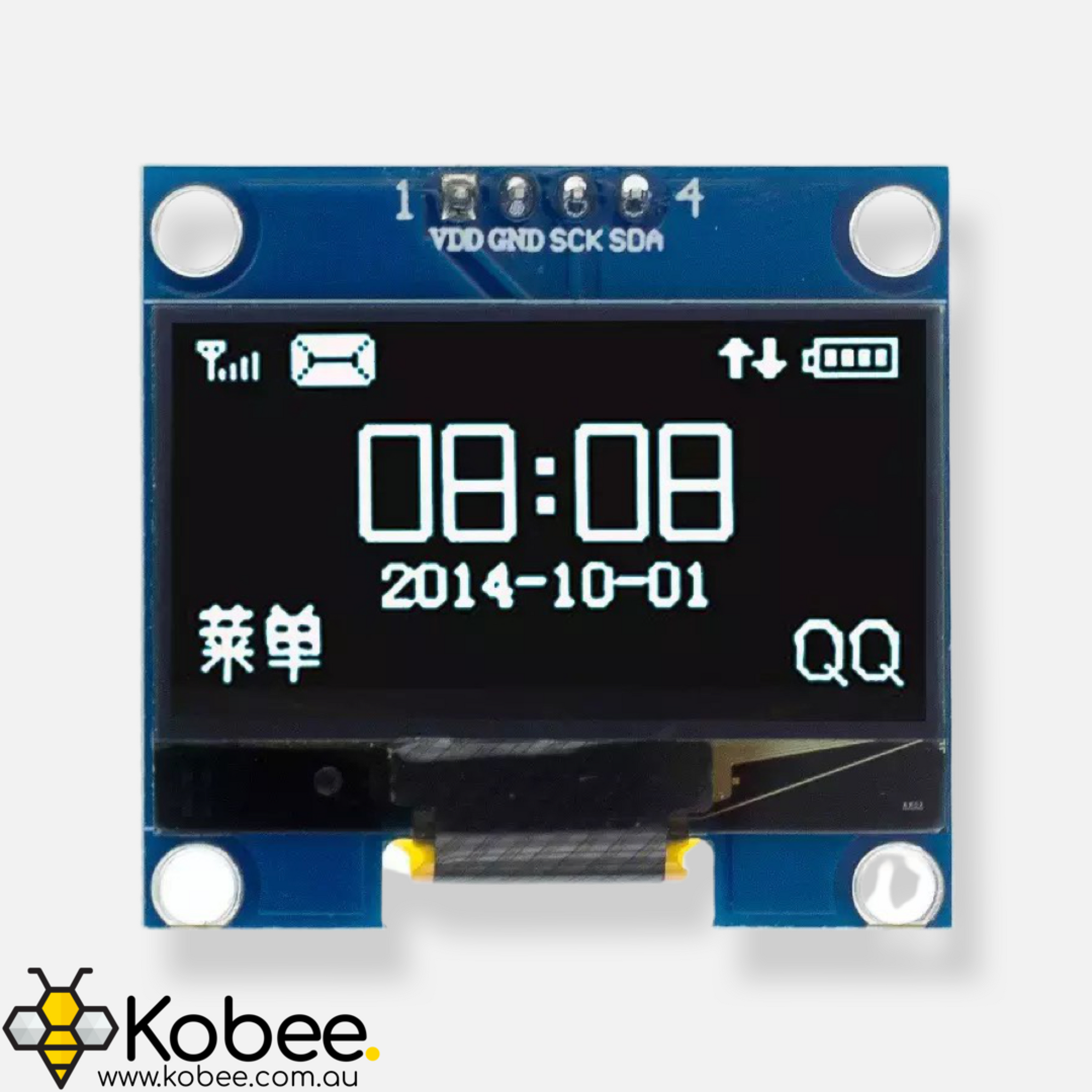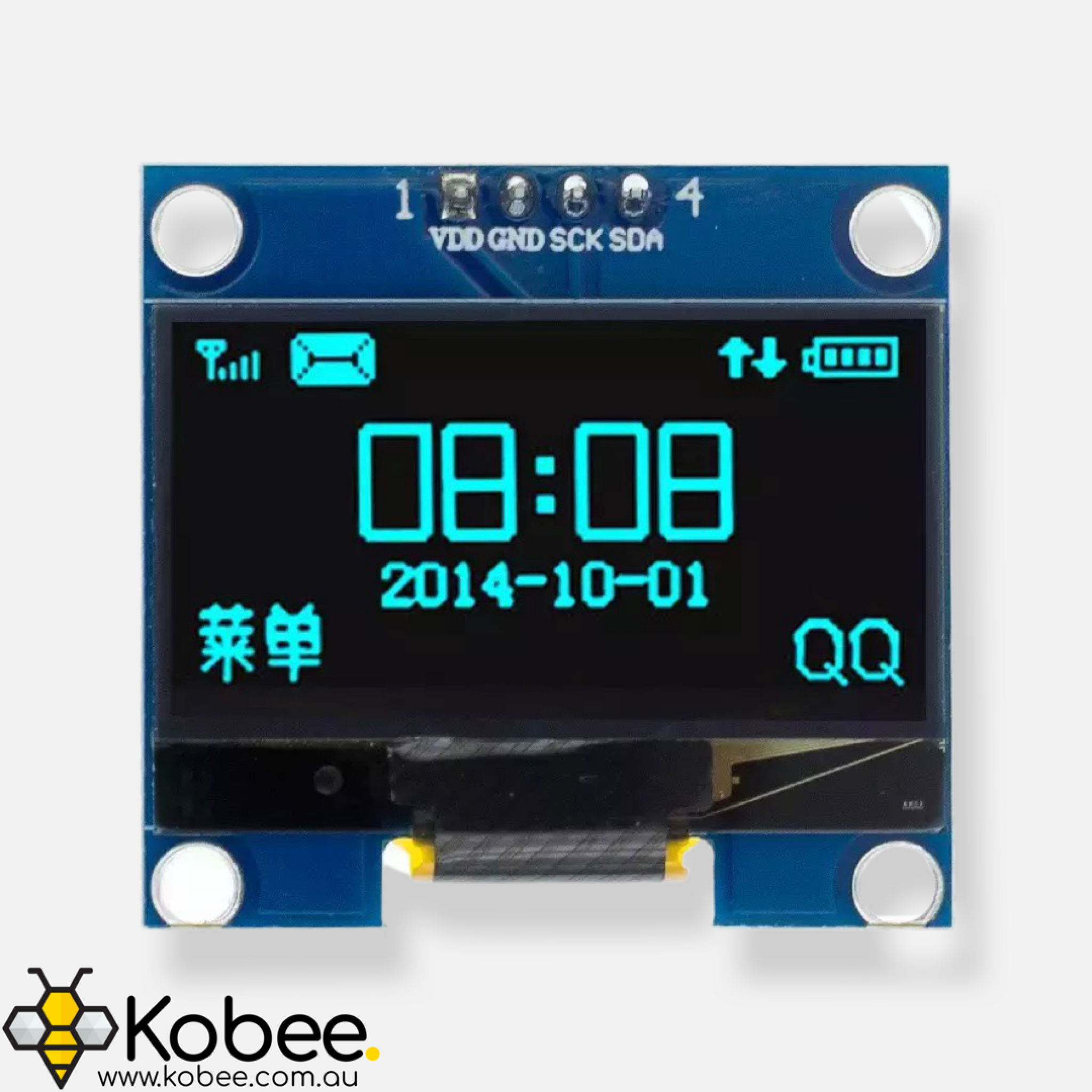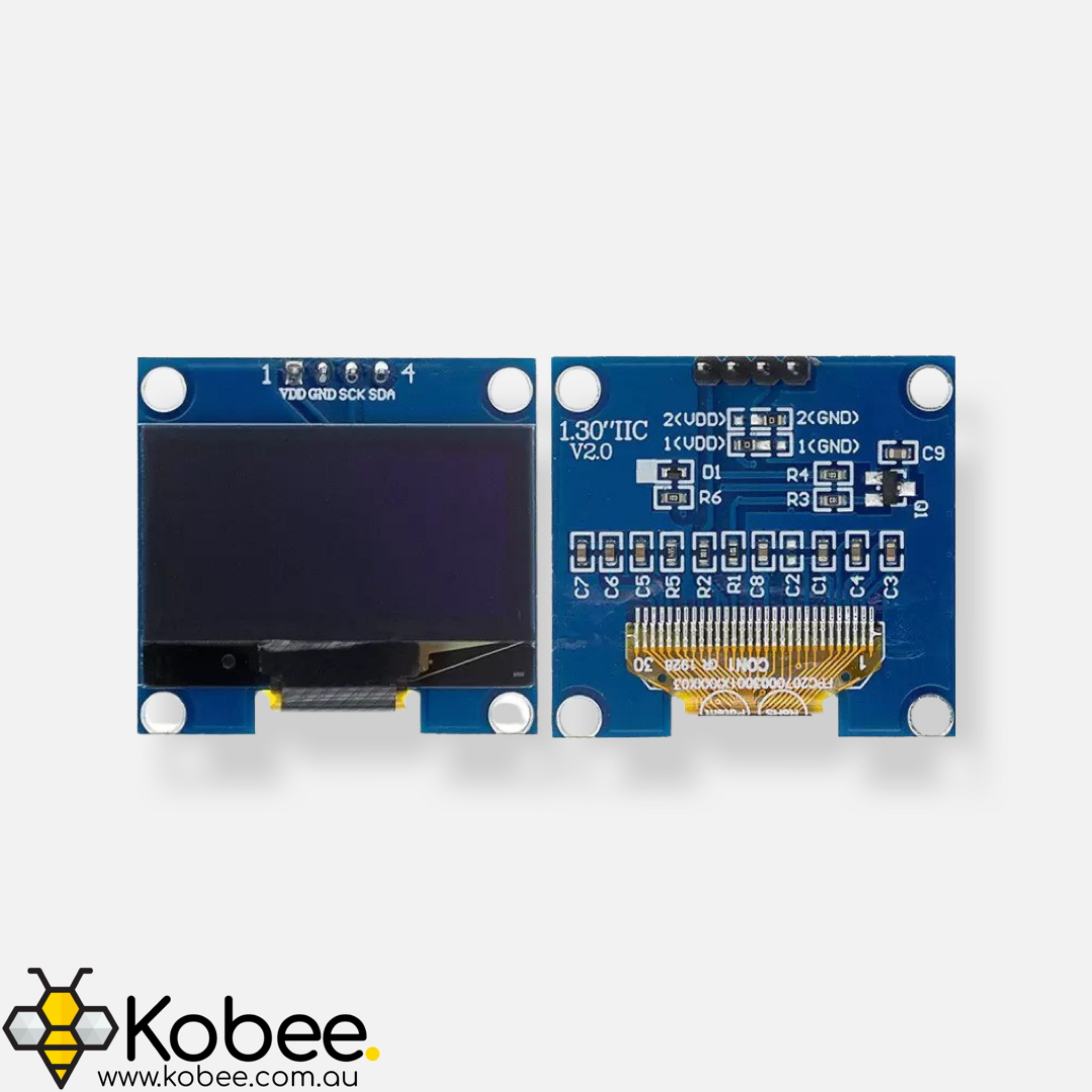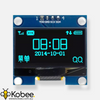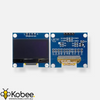Monochrome 1.3 Inch I2C OLED Display Module
- Product SKU: AA422
- Category: Arduino Accessories, Best Sellers, Components, LCDs and OLEDs, New Products
These small 1.3 inch Monochrome OLED displays give you the ability to easily display information from your microcontroller project when you need more than the few characters an LCD Module can provide
Teh display is made up of 128x64 OLED pixels which can each be individually controlled by the on board controller chip which in turn can be communicated with using I2C from whatever microcontroller you're using including your favourites like Arduino and ESP based boards
The power consumption of the device varies with the number of pixels being lit up and their intensity although on average the display used around 20-25mA when lit and 2mA when the screen is not lit.
The module comes pre soldered with standard 2.54mm male headers and all you need to connect is 2 data wires, SCL and SDA, VIN and ground. Adafruit has easy to use drivers that you can install and program using the Arduino IDE that makes interfacing with these little things a breeze!
| Parameter | Value |
|---|---|
| Diagonal Screen Size | 1.3 Inch |
| Interface | I2C (See Note 1 Below) |
| Number of pixels | 128 x 64 |
| Colour Depth | Monochrome (1 Colour) |
| Module construction | COG |
| Brightness | 100cd/m2 @ 7.25V |
If you need a different address then the default one, desolder and move the resistor from its current location to the position corresponding to the alternative I2C address







